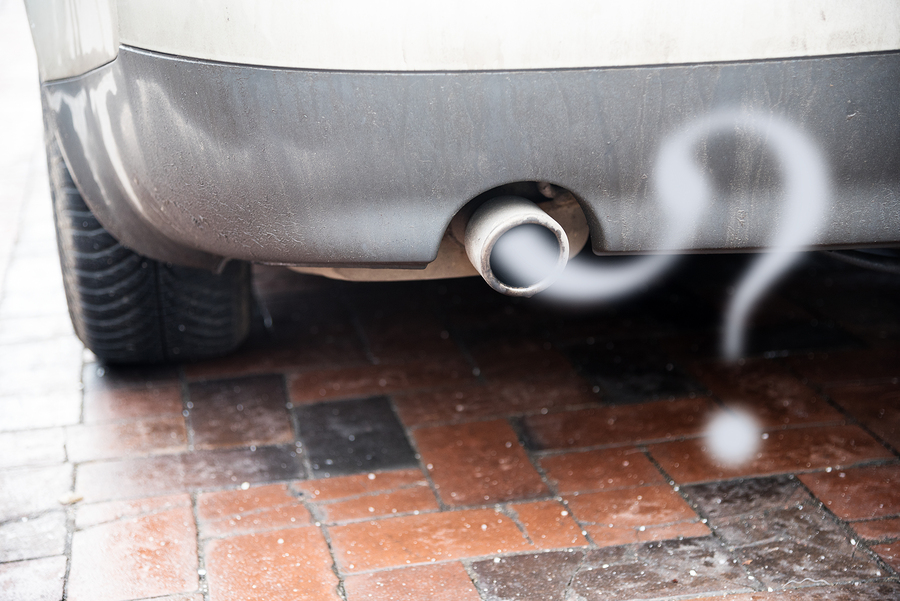
There were 1,540 deaths in Georgia caused by motor vehicle crashes in the last year for which statistics were available. According to the Governor’s Office of Highway Safety, 19,405 serious injuries resulted from those accidents as well. Traffic accidents, in other words, take an enormous physical, emotional, and financial toll on Georgians.
If you’ve been injured or a loved one has died in a car accident, the question of who is at fault is very important. Generally speaking, the person at fault (and their insurance company) will bear legal liability to you for damages resulting from the accident.
Here is how car accident lawyers answer the question “Who’s at fault?” in a variety of car accident scenarios.
Big Picture: You Need Evidence to Find Fault
Let’s start with the basics. To find out who was at fault in a car accident, lawyers need evidence about what happened. Where does that evidence come from?
A crucial piece of evidence is the police report. Police officers who respond to an accident scene must prepare a report that includes basic information about what happened, including:
- The location, time of day, and road conditions of the accident;
- A rough diagram of how the accident happened;
- The number, make, and model of all vehicles involved;
- The names and contact information of all drivers and passengers involved;
- Whether there were any reported injuries; and
- The extent of damage to the vehicles and any other property damage.
Another important piece of evidence in determining fault consists of pictures and videos of the accident scene. This can include pictures and videos accident victims take with their cell phones, as well as police photographs, and security cameras on nearby buildings that captured the accident.
The damaged motor vehicles themselves can also constitute another critical source of evidence to determine fault. Damage reflects the point of impact of a collision, the force involved, and whether any part of a vehicle failed or contributed to the accident.
Electronic evidence increasingly plays a role in determining fault as well. These days, many accidents result from drivers getting distracted by their cell phones and other in-car screens. Electronic devices, and the wireless services they connect to, often generate records of when and how they were being used around the time of the accident. Those records can give lawyers a clue about whether one of the drivers in an accident drove distracted.
Finally, the statements of the drivers and passengers, and any other witnesses, provide important evidence of who was at fault for an accident. These statements can sometimes conflict with one another, posing a challenge for lawyers to figure out the truth or accuracy of any single witness’s recollections.
Additional reading: who is at fault in a rear-end collision in Georgia
Fault in Single-Car Accidents
In a surprisingly high percentage of car accidents, only one car is involved. These range from rollovers to cars leaving the roadway and colliding with objects such as trees or barriers.
Just because only one car is involved in an accident doesn’t mean, however, that the driver of that car was at fault. The evidence lawyers collect can show, for example, that a dangerous road design or condition caused the accident to happen. Or it may show a mechanical failure of a defective car part is to blame. Or witness statements could reveal that another driver’s dangerous maneuvers caused the driver of the car involved in the accident to lose control.
Bottom line: do not assume that just because yours was the only car involved in an accident that you are at fault for it. That is often not the case.
Fault in Collisions Between Vehicles
There are a wide number of ways two-or-more vehicles can collide with one another. A lawyer’s first job in determining fault for a vehicle-on-vehicle collision is to figure out what kind of a collision occurred. Together with the categories of evidence above, the type of collision, itself, can constitute a valuable clue to figuring out fault in an accident.
Head-on collision. Head-on collisions are rare, but they’re deadly when they happen. No one intends to drive a car headlong into another. These accidents often happen because a vehicle accidentally drifts into an oncoming lane, because of driver distraction, fatigue, or driving under the influence. Lawyers will evaluate the evidence with an eye toward these potential causes.
T-Bone collisions. Most often, the front of one vehicle collides with the side of another at an intersection or other spots where roads cross or merge. Lawyers will look for evidence of driver error in failing to yield the right of way or to obey a stop signal, which often contributes to these accidents. Lawyers may also give the design and maintenance of an intersection a hard look, to determine if preventable visual obstructions or signal malfunctions played a role.
Rear-end collisions. In a collision where one vehicle rear-ends another, the driver of the trailing vehicle is at fault far more often than the leading vehicle. Lawyers will look for signs of distraction, speeding, and following too close on the part of the trailing driver, while also keeping in mind that the lead driver could share blame. Mechanical failure can also contribute to these accidents, so lawyers will pay attention to any signs of a defective part.
Sideswipe collisions. A side-to-side collision between two or more vehicles tends to happen at a merge or on highway with two or more lanes. Lawyers will look for signs of distraction, such as electronic device records, to determine whether one of the drivers failed to check a blind spot before entering traffic or changing lanes.
As the discussion above suggests, answering the question “Who’s at fault?” in a car accident requires some detective work on the part of a lawyer and the lawyer’s team of para-professionals, like investigators and accident scene reconstruction experts. The more time and information you can provide to your lawyer to do this work, the better your chances of recovering the compensation you deserve after a car accident injures you.
If you need information or assistance on car accidents and who’s at fault in Georgia, contact an experienced car accident attorney today.














